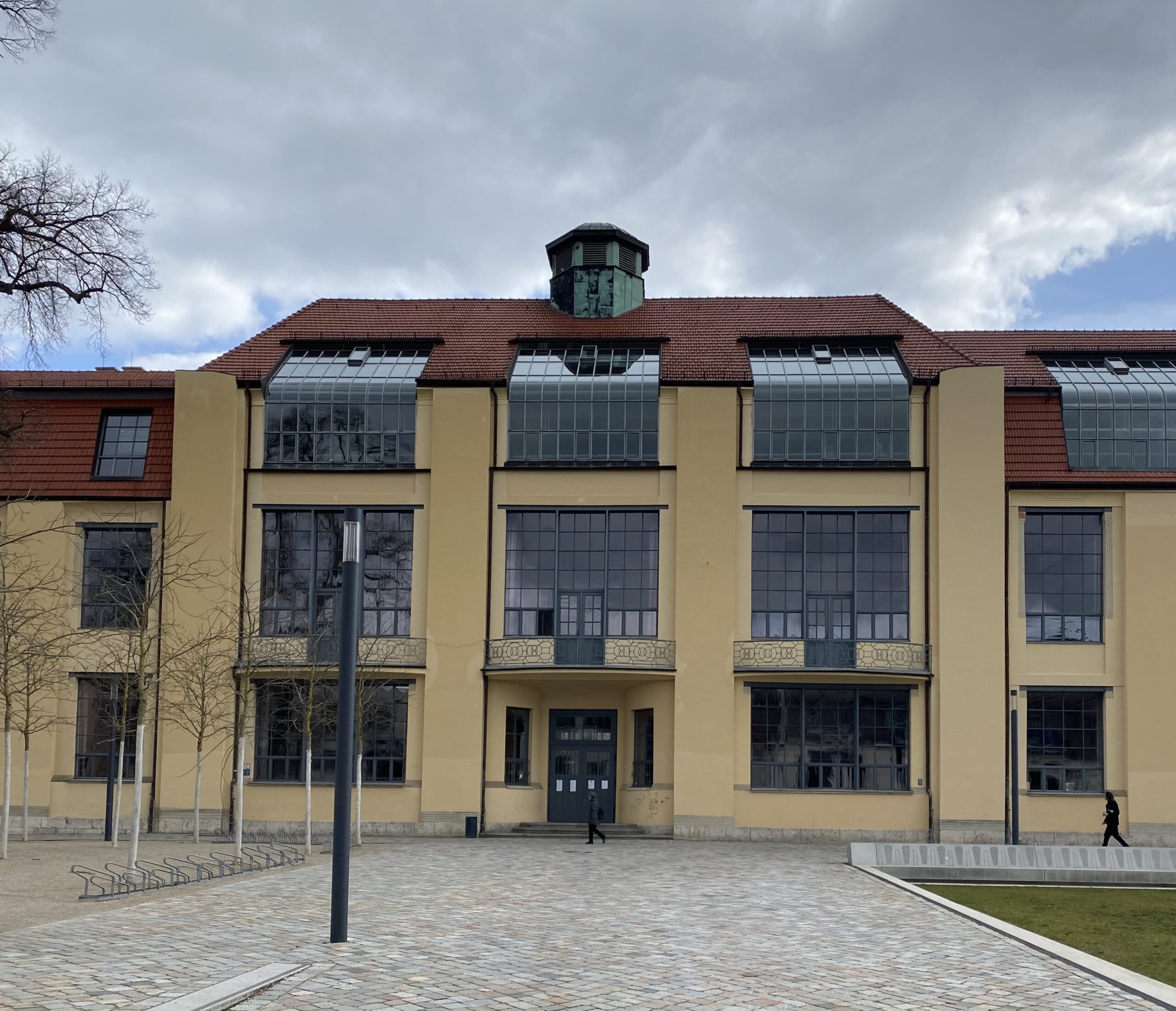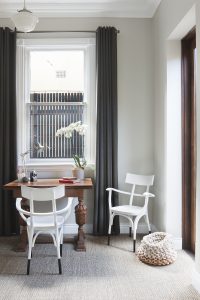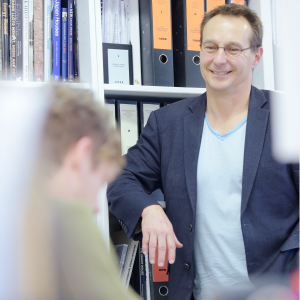Formative years part 1: why sustainability, by Stephen Crafti
Many witnessed the fall of the Berlin Wall from their television sets. However, architect Steffen Welsch was there in 1989 on this momentous occasion, aged 24. Growing up outside of this now international city, Steffen was also thinking about his future, contemplating a career in zoology. “I’ve always been drawn to the natural environment and the way plants and insects are drawn together. Architecture was the last thing on my mind.”
However, in the early 1980s, well before the city was reunited, Welsch’s best friend at that time was organising to undertake an aptitude test at the Bauhaus University in Weimar to study architecture. Going ‘along for the ride’, Welsch was successful, while his friend failed to make the grade. So, zoology was put on hold and a career in architecture was about to unfold, with the constant memories of Welsch and his sister being introduced to Romanesque churches every second weekend by parents who had a penchant for architecture.

Bauhaus University, Weimar

Bauhaus Dessau dormitory

Thonet arm chairs designed by Hermann Czech
Although the Romanesque churches are a ‘blur’ for Welsch, the abstract expressionist paintings by German American artist Lyonel Feininger created a considerably larger impact (Feininger taught at the Bauhaus School and was instrumental in this modernist movement that would cause ripples in architecture worldwide). Graduating in 1992 from the Bauhaus University with a diploma in architecture and engineering, Welsch moved to Vienna soon after, working in the office of the eminent architect Wilhelm Holzbauer – known for his innovative social housing.
Other Viennese architects, such as Helmut Richter, who was known for his many ‘deconstructed’ apartment buildings in the 1980s, also came on to Welsch’s radar, as well the legendary architect Hermann Czech. Those seeking out bold and brash architecture, common in the 1980s with the Memphis movement, would not have appreciated the subtlety of Czech’s designs. Welsch, who met Czech a few times, still recalls the advice given to him. “A chair could be too comfortable – that makes one’s brain switch off. If a chair was too uncomfortable one wouldn’t be able to focus – with a middle range level of comfort allowing for engaging conversation”. While using a chair analogy may be outside the traditional realm of architectural discussion, for Welsch it perfectly sums up his approach to architecture – understanding the rationale behind every decision that’s made that affects the way one uses a space.
Melbourne, where Welsch is now based, couldn’t be further from Vienna. However, in 1993, he ventured into the unknown and initially found work with a small architectural practice led by architect Lindsay Holland, tendering with many others for the proposed Melbourne Museum (awarded to Denton Corker Marshall (DCM)). And in 1995, coming out of what was one of Australia’s worst recessions, Welsch started working with Williams Boag Architects – including multi-res and the conversion of a church into both private and social housing (with the Department of Home Services – DHS), along with commercial uses at ground level.
Saint Petersburg
Somethings are fortuitous, as was the case when Welsch spotted an advertisement in 2007 in the magazine Architecture Australia, placed by DCM which was looking for an architect who could speak Russian and had the experience of undertaking a commercial project in Saint Petersburg. Located on the prominent Nevsky Prospekt, the former apartments were being transformed into a commercial offering, with a glass roof allowing the former courtyard to form an atrium. Welsch was the successful applicant, but just as he was getting into gear in Saint Petersburg, a call came from DCM’s London office, requesting his services to work on the Sanderson Hotel in Berners Street, in the West End, with interiors by Philippe Starck. For Welsch, the ability to change projects as well as countries at relatively short notice is part and parcel of being an architect, enabling him to now easily shift his focus between projects emanating from his own office. London in the late 1990s, under the helm of Tony Blair, was also an exciting place to be an architect and seeing many of the older buildings being transformed by leading creatives.
Establishing one’s own practice
However, Melbourne was also slowly getting into gear after the recessionary years and Welsch made the move Down Under, initially working with DCM (1998 until 2000) before working for architect Stephen Jolson, known for his bespoke houses. But there’s a point when most architects want to establish their own practice and, in 2003, Welsch established his studio armed with years of experience working across a diverse range of projects and in various countries – with the desire to realise his own ideas and work more closely with clients.

Welsch’s formative years in East Germany, when materials were in short supply and many challenges in sourcing labour, have also directed his approach to the way his practice is run – mindful of being resourceful and not wasting materials. A sense of appropriateness and importantly, scale, are all hallmarks of Steffen Welsch Architects. Welsch is always keen to look at alternative materials, whether it takes the form of rammed earth or hemp, with many projects adopting recycled materials to create a new use.

For Welsch, having his own practice for over 20 years has been extremely fruitful, making a positive contribution to the way his clients live. He enjoys deliberating with them what they really need – rooms that are rarely used or spaces that are purposeful, comfortable, and flexible. He believes in environments that grow on you – well planned and full of little intricacies that reveal themselves over time.
Whether it’s a new house, a renovation of an existing house, or a multi-residential development, schools or childcare facilities, the practice’s designs not only come from a sense of rationale but are ever mindful of climate change and the ramifications that come with this. So, smaller footprints, greater biodiversity and good social environments are at the core of Steffen Welsch Architects. And while many dream of a larger house on a smaller plot, for Welsch and his team there are other alternatives that create a richer and fuller life.
Text by Stephen Crafti